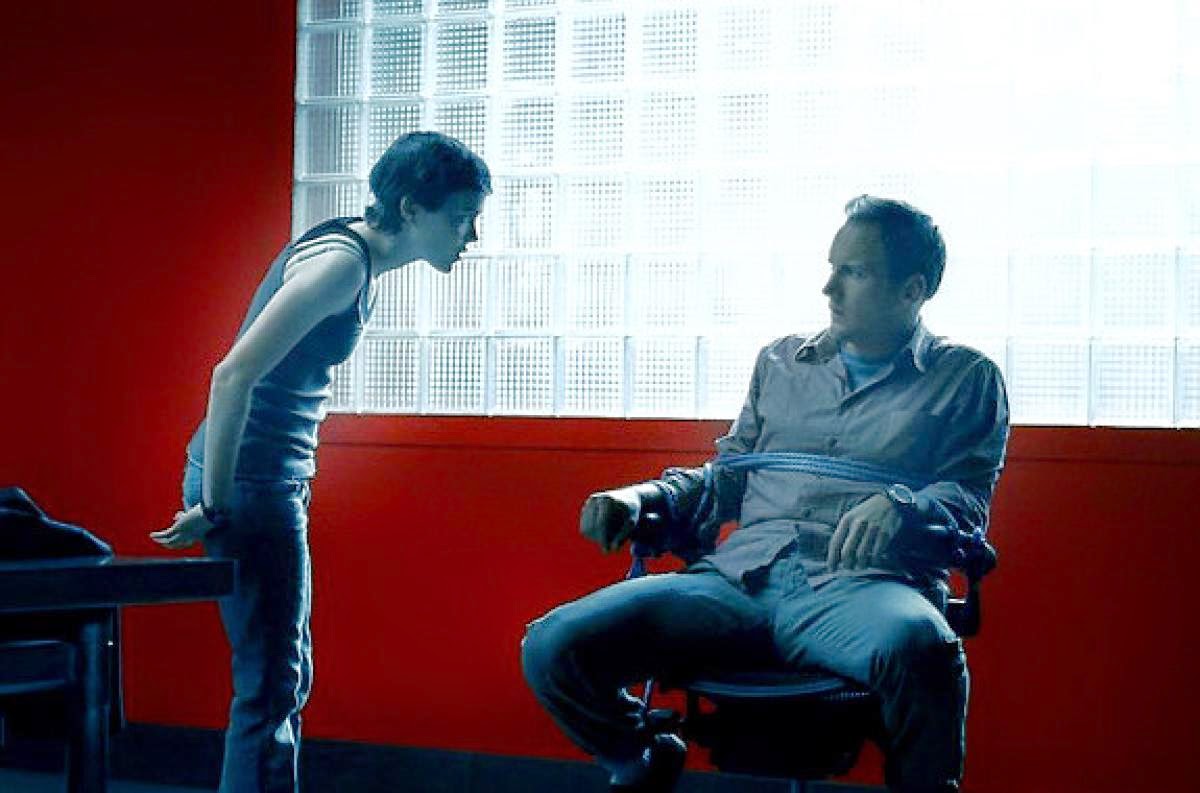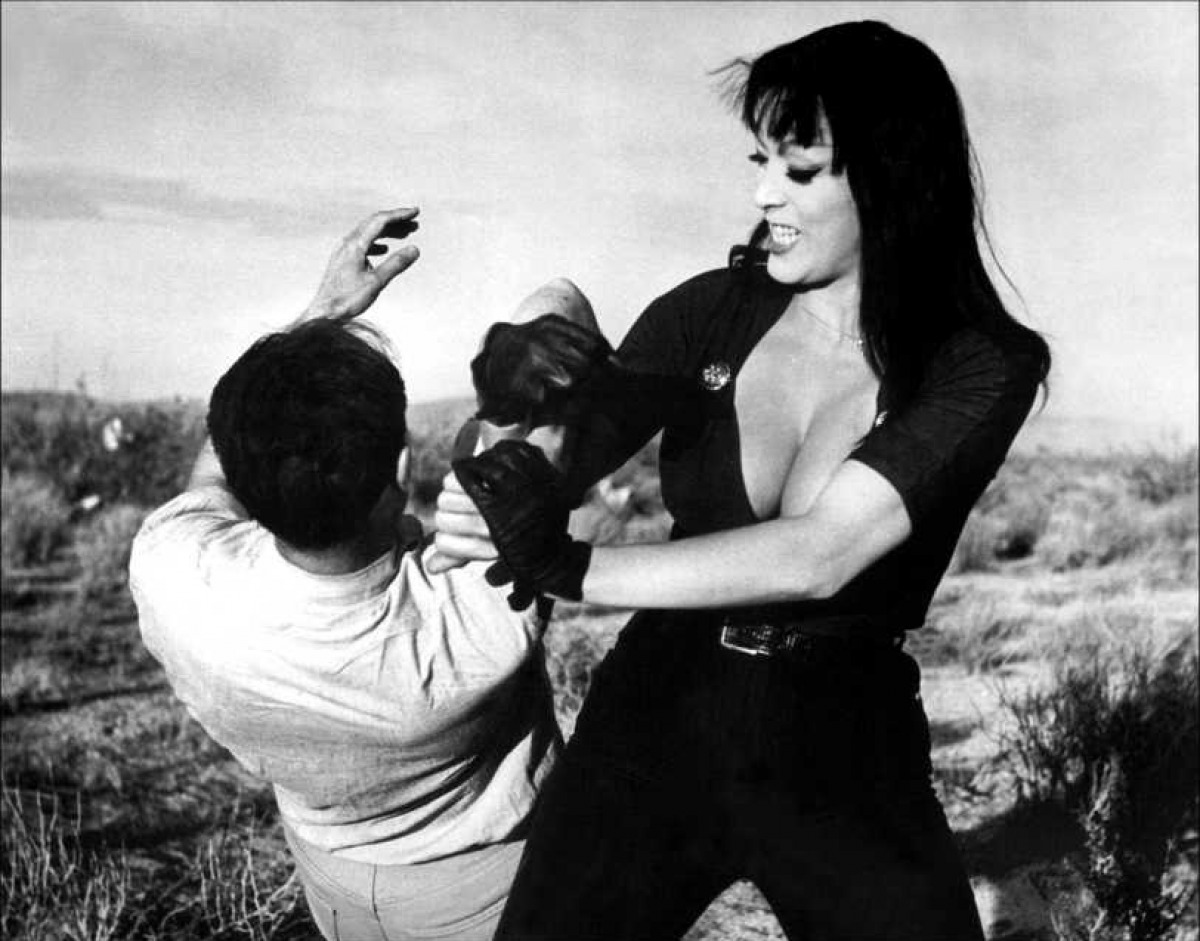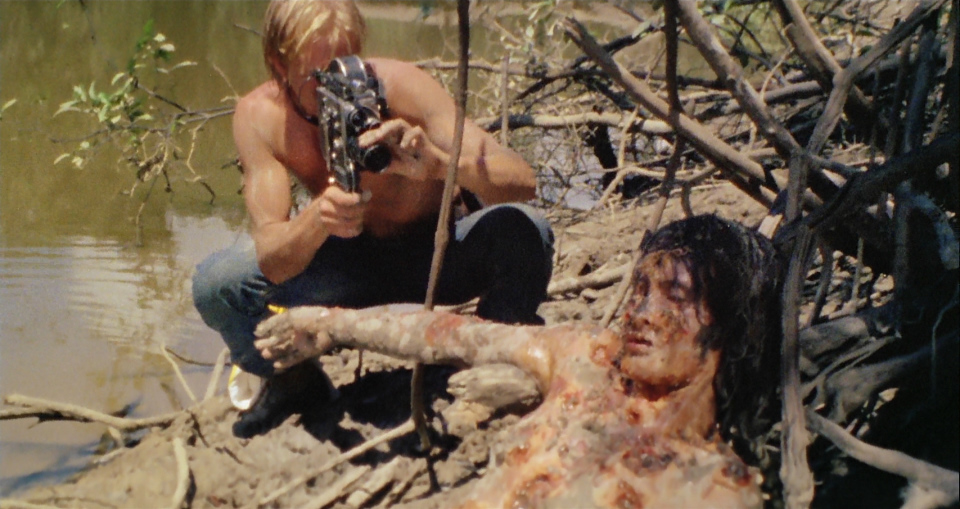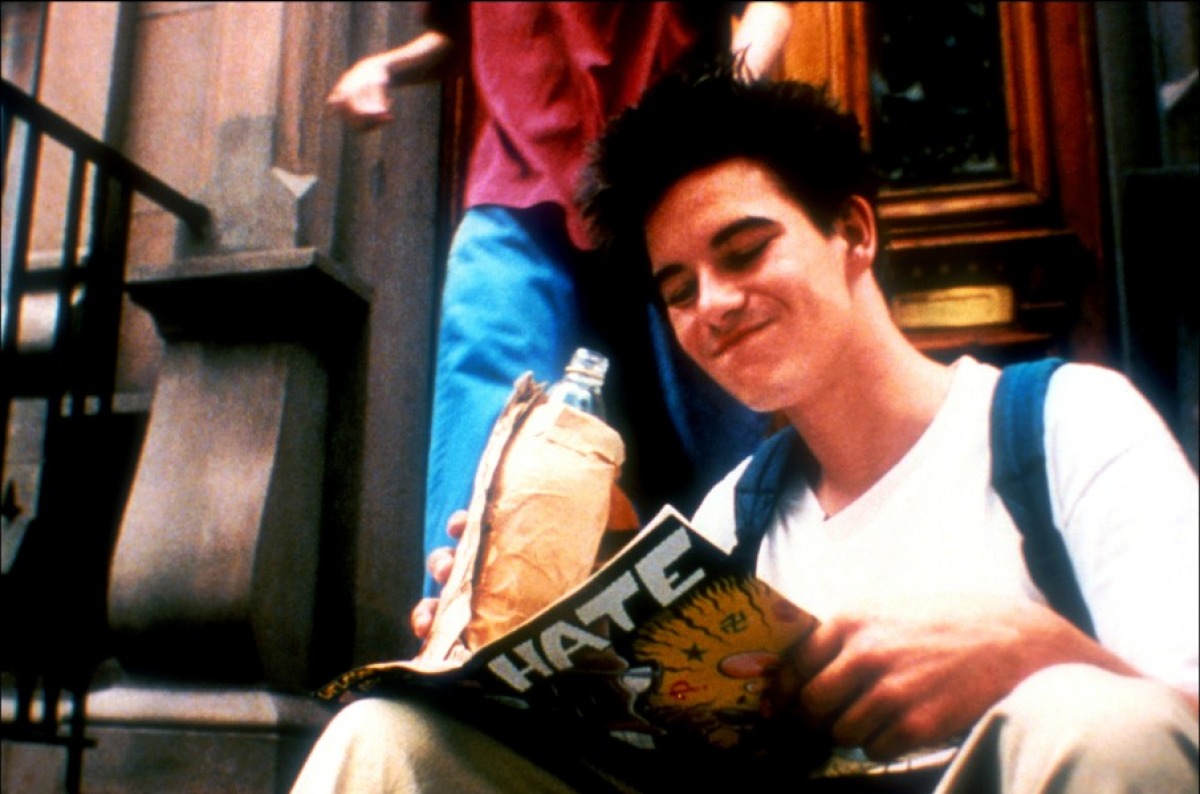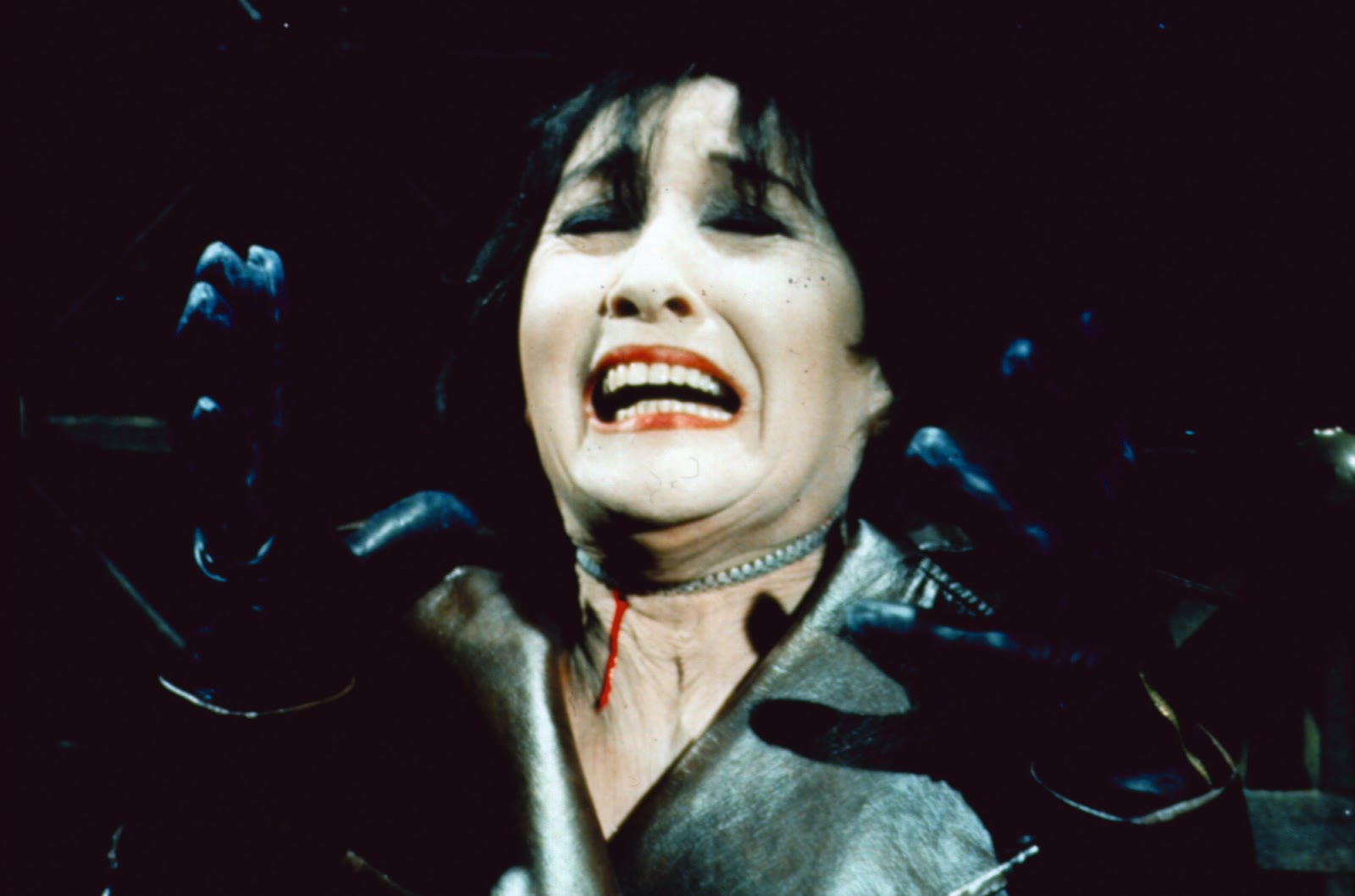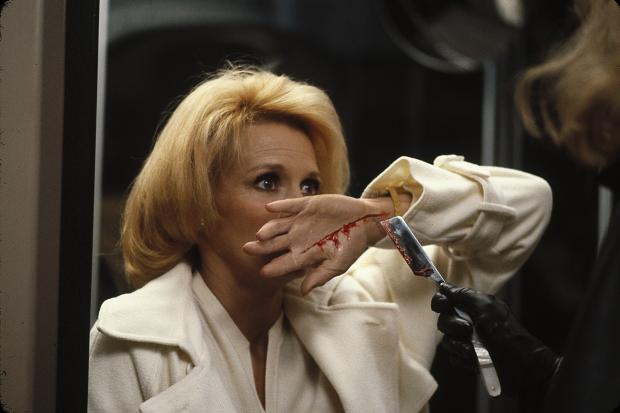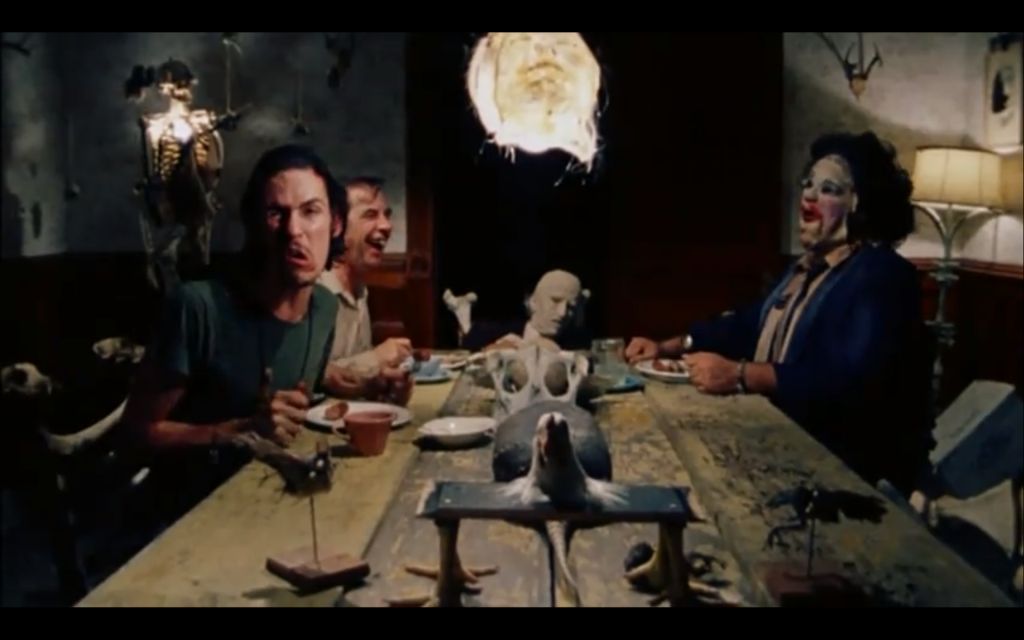
The term “masterpiece” holds a rather floating definition. True enough, one man’s masterpiece is another man’s garbage; women ditto. However, one term constantly associated with the term masterpiece seems to be “bold.” Critics seem to fall back on this terms time and time again.
In retrospect, it does quickly become clear that most cinematic gems hold one distinct common characteristic – a refusal to pull their punches. There is an audacity to films like “8 1/2” and “2001: A Space Odyssey”. They don’t take the easy road, they challenge us to look at both ourselves and those around us. It is this courage that fosters an admiration for films, one that lingers long after the viewing experience has ended.
Sadly for family relations, however, for many a masterpiece, “bold” means sex, murder, perversion, and lavish doses of nudity. The bond of family is complex, parenthood especially. As such, there are some films that, while brilliant, make the sacred bond between parents and children a more caustic one.
We have all been there – a film you are glad you did not watch in the presence of your cherished elders. You see, decapitations and masks made of human flesh can be wonderful, but only in specific company. These kind of scenes remain the stuff of parental conflict long after childhood.
Here are 15 films that, though brilliant in their own unique ways, are almost certain to be deemed “not safe for parents”. So please, do seek out these films, just not in the company your parents.
15. Hard Candy (2005)
In many ways, Hard Candy is the quintessential cat and mouse tale. Perhaps the most prevalent reason that it may not spring to mind as being so is the sudden shift in roles between cat and mouse. Patrick Wilson plays Jeff, an online sexual predator who bites off far, far more than he can chew when he solicits underage Hayley (Ellen Page) into an intimate encounter.
We are just in the midst of preparing ourselves for a standard victim tale when, suddenly, things take a very profound turn. What follows is an entire feature film that feels like the notorious “Is it Safe?” sequence from Marathon Man. A Marathon Man for our age, if you will.
Indeed, what ensues is brutal. But somehow, throughout all of the carnage, the humanity remains. Ellen Page and Patrick Wilson both enjoyed major career evolution on the back of the film, and their portrayals in this case justify the media frenzy.
Ellen Page keeps the brutal Hayley human, and Patrick Wilson’s Jeff enjoys moments of being rather relatable himself, before then injecting just enough venom to remain very much the villain of the piece. There is not much to learn about humanity, even of we learn nothing about cyber predators as such.
But castrations are not for family get-togethers.
14. Faster Pussycat! Kill! Kill! (1965)
Russ Meyer was a man of passions. Aside from large breasts, he loved black humour, adventure, and onscreen silliness of the first grade. Did we mention large breasts?
Here, we have a film which takes place, as all of Meyer’s work, very much in a universe devised by Meyer. It is a lurid, brash, and witty universe, if not a little vile. The plot revolves three vixens who escape their go go dancing trade to take to the dessert for mischief. Kidnap and murder quickly ensues.
The plot thickens when the opportunity to rob an old man’s stately home arises, the four girls (including one kidnapped) accompany the old man and his son, the “Vegetable” back to the house. The old man is willing due to his lecherous tendencies, the women are willing due to a desire for cash. Thus, one of cinema’s most unholy alliances briefly forms.
It is hard to assess which is more disturbing – the copious incidences of violence and sexual perversion, or the vile nature of simple dialogue scenes. A dinner scene is particularly stomach churning in its content, all horrors made real simply by dialogue. Yet, the craft is ever present. Meyer certainly knows how to frame a buxom lady, so as to make best use of her curvy assets.
The dessert car chases make particular use of Meyer’s cinematic sensibilities. The final sequence was stolen virtually frame by frame by Quentin Tarantino, and possibly bests Tarantino’s reimagining. Meyer may be the most unlikely action director in history.
This film is quite the experience, and may be the jewel of its director’s canon. Yet, viewer discretion is certainly advised.
13. Cannibal Holocaust (1980)
Such an angelic score for such a barbaric film, the Riz Orlani soundtrack to Cannibal Holocaust is one of cinema’s great oxymorons. Indeed, the sweeping aerial shot of the Amazonian forest as Orlani’s gentle score swells is rather comforting. Of course, this is pure cinematic sadism.
Once this film begins, turtle massacres, rape, and impalement will soon become commonplace. What this film is capable of truly beggars belief. It is, in many ways, a fine example of the “fools gold” plot archetype. As a film crew travels further down river, in spite of their best interests, they head further and further into the hands of an indomitable evil.
There are two important aspects to note with regards to Cannibal Holocaust. Firstly, the film is one of the earliest examples of the found footage genre. The plot is bookended by a professor’s discovery of the ill-fated Amazonian film crew’s footage, unearthing the horrors that had befallen them.
More interesting still is the fact that, like another found footage path paver The Blair Witch Project, many people initially thought that the events depicted in the film really occurred. If this was the case, then the film’s central idea must have been particularly chilling – the cannibals are not necessarily the offending party, it is the Westerners who are intruding, the cannibals are simply happy to defend their turf.
12. Kids (1995)
Bold does not begin to describe the singularity of purpose presented by this harrowing 1995 film. Perhaps Kids’ relentless audacity can be attributed to its teenage scriptwriter Harmonie Korine. The opening scene alone provides a masterclass in creeping your audience out.
Told through a single shot, two teens luy intertwined. The boy, feigning a detestable false sensitivity, busies himself attempting to convince the girl to give him her virginity. There is no sex on screen, yet the opening scene is as explicit as any vivid sex scene. The manipulative words of the male serve to make our skin crawl from the get go.
Dialogue is the principle weapon wielded by Korine’s script. The film sticks fearlessly to its concept of teen discussion as being a profanity infused verbal pandemonium. Use of 1990s slang terms such as “hella” are wielded repeatedly in a rather effective social satire. The scenarios are the stuff of every parent’s nightmare. Teens openly indulging in sex, drugs, alcohol, and violent crime. They are seemingly intent on their own destruction, and we watch almost as victims of the film’s often successful intensity.
The frankness is what chills the blood here. These characters are far from evil, and only a few seem irredeemable, but they are free in ways we would never wish for juveniles to be.
11. Deep Red (1975)
The chiller set on the dark streets, Dario Argento’s slasher masterpiece is a film in which the characters are as pointed as the blades. Deep Red is as masterful as the slasher genre can get, with Argento almost striving to promote the genre to high art. Though, as slasher film will go, camper elements are as present as ever. As evidenced by a dramatic opening sequence in which a children’s lullaby is promptly followed by a brutal murder.
The film brings together a motley clue of individuals during a series of murders in an old Italian town (the film was shot in Turin). A musician who witnesses a murder, a disturbed alcoholic, a psychic medium who can foresee each tragedy. The pieces are aligned in the fashion of a classic murder mystery.
A mysterious nursery rhyme, a shadowy figure, everybody in town is a suspect. Soon, the disturbed drunkard Marco becomes the principal suspect, a wealth of evidence builds against him. But have the authorities spoken too soon.
The film is a stylistic masterpiece, a treasure trove of chiaroscuro lighting and masterful editing. The film’s principal sequences take place at night and are aptly composed indeed. It is almost a pity that one would hesitate to share this one’s parents.
Yet, despite its cinematic value, the film is odd, obtuse, and deeply disturbing. The ending may be a tad ridiculous, but then so is the slasher genre. This film is brimming with merit, urging the viewer’s attention and respect. Still, choose your viewing company wisely.
10. Dressed to Kill (1980)
Hitchcockian rip-off of the highest caliber, here is a film in which the opening shot is sufficient to have your parents reaching for the remote. A frustrated housewife washes herself in a steamy shower, Brian De Palma certainly knows how to start with a bang. From behind the woman, a hand envelopes her, caressing her. Soon, the man becomes not a lover but an attacker, and the woman screams in vain for life.
And, then we cut to a sex scene.
There are extended sequences entirely without dialogue. These range from romantic to violent. Many scenes are ludicrous. All in all, this is a Hitchcock homage that find itself very much in the “who dunnit” vein. De Palma, as ever, relishes in his pulp. The violence and sexual tension is at fever pitch, albeit paced well amidst subdued moments of calm.
The ending may be a frustratingly hack affair in terms of scripting, but the film closes well with some strong sequences to compensate for the second rate narrative conclusion. But then, by this point your parents may well have turned the film off anyways.
9. The Texas Chainsaw Massacre (1974)
The family that eats together and stays together – perhaps one of the most frightening aspects of Tobe Hooper’s horror classic depiction of a murderous family, is that they seem happy. As for the rest of the film, it is hard to even articulate why this simple tale of a group of young friends murdered one by one in a middle American town manages to work on so many levels.
The collective subconscious? Our fears of the unfamiliar? Or does it simply tap into our distrust of each other? Few films have ever celebrated the depraved to such a degree and been embraced so readily.
The obsession with the flesh leaves the film rife for psychological interpretation. Human skin masks, the sound of a meat hook ripping through a girl’s back. The sequences are staged in order to maximise realism, chases take place in real time and at realistic paces. The film’s first major moment of brutality is framed in a medium wide shot, almost documentary-like. The film leaves you with the feeling that this cast and crew really had conviction, though to what may remain a mystery.
Yet, the thrill of The Texas Chainsaw Massacre remain as real as ever. it certainly earns its place on this list with disturbing ease.
